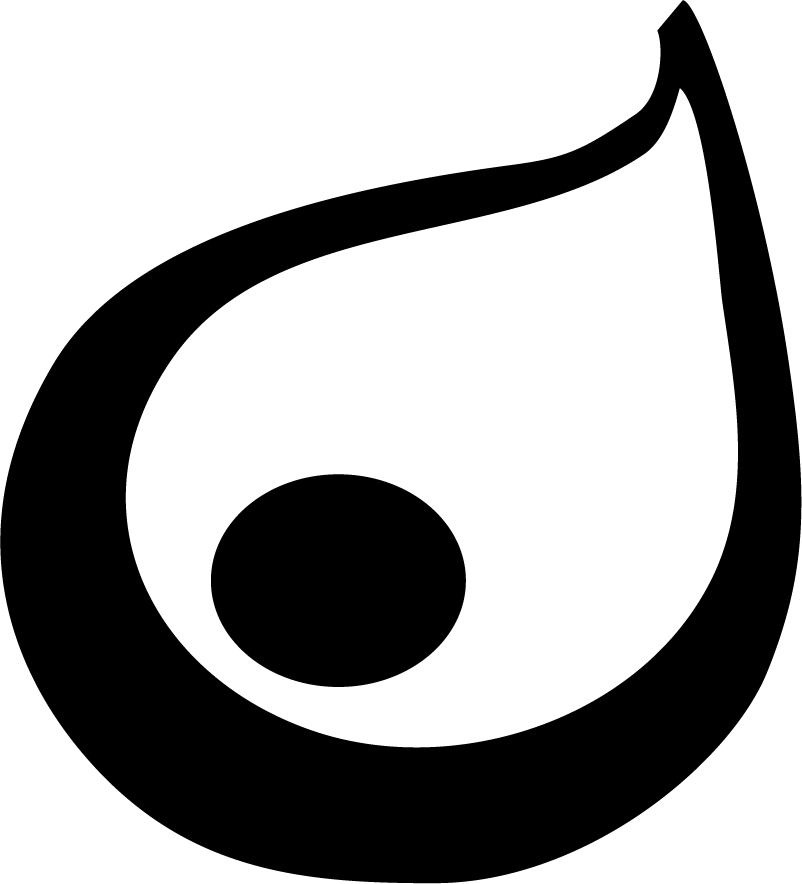The Characters
Costume drawing by Michael Nicoll Yahgulanaas.
Activity
The animals in the opera are changed by their experiences. Using the character descriptions below as a starting place, describe how they are different at the end of the opera.
Encourage students to present the results of the inquiry process through their own story telling. Build their capacity through experimentation with sound (volume, pitch, pace), expression (facial, body, word emphasis), and the story itself.
The animals create a family through acts of care and love. What are the specific ways they care for each other? How does it make the other animals feel? What acts of care and love towards the community can we do today? Tomorrow?
Sarah Schabas, Rebecca Cuddy, Jan van der Hooft, Evan Korbut during a rehearsal in January 2020. Photo by Nadia Zheng. Costume design by Michael Nicoll Yahgulanaas.
The Characters
DUKDUKDIYA- DDD (Hummingbird) – the hero in waiting
Initially, DDD is uncertain and questioning. She feels isolated. Returning to a forest home she had long since left, perhaps this is a seasonal chapter in the life of a bird.
BEAR – a responsive follower but not a leader
Bear likes to sit high in a tree and observe the valley and beyond. This thoughtful character is like a librarian familiar with the catalogue but unable to open a book. This is the zeitgeist of the well-informed society able to identify the constituent parts but not grasping the whole or complexity of dynamic relationships.
BUNNY – the bystander, the judge and Bear’s partner
At an earlier time, Bunny sought refuge in the valley. Faced with the arrival of a recent refugee, Bunny initially finds it difficult to be compassionate. This character has an opinion on how her busy, accomplished and hard-working ethic puts others to shame.
OWL – the tragic figure
A refugee from the forest fire. This older character is injured as a result of his escape from the fire and the loss of his companions. Owl has accumulated experience, and this provides the younger characters the opportunity to learn without repeating the trauma. He signals the need for real engagement - not fantasy visions or putting personal projections on others. Owl learns the cost of an individual isolated from emotional societal relationships.
CROWS – The memories and regrets of what was lost
They appear in owl’s nightmare/post-traumatic stress. They symbolize the costs of a society that is traumatized by direct experience. By attempting to take Owl they also remind us that improper behavior also creates a real cost in the perpetrator. The result of such behaviour in a group erodes collective values.
Rebecca Cuddy, Jan van der Hooft, Evan Korbut during a rehearsal in January 2020. Photo by Nadia Zheng. Costume design by Michael Nicoll Yahgulanaas.




